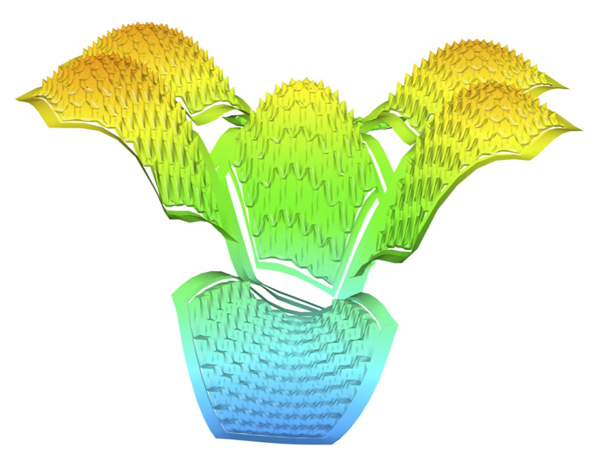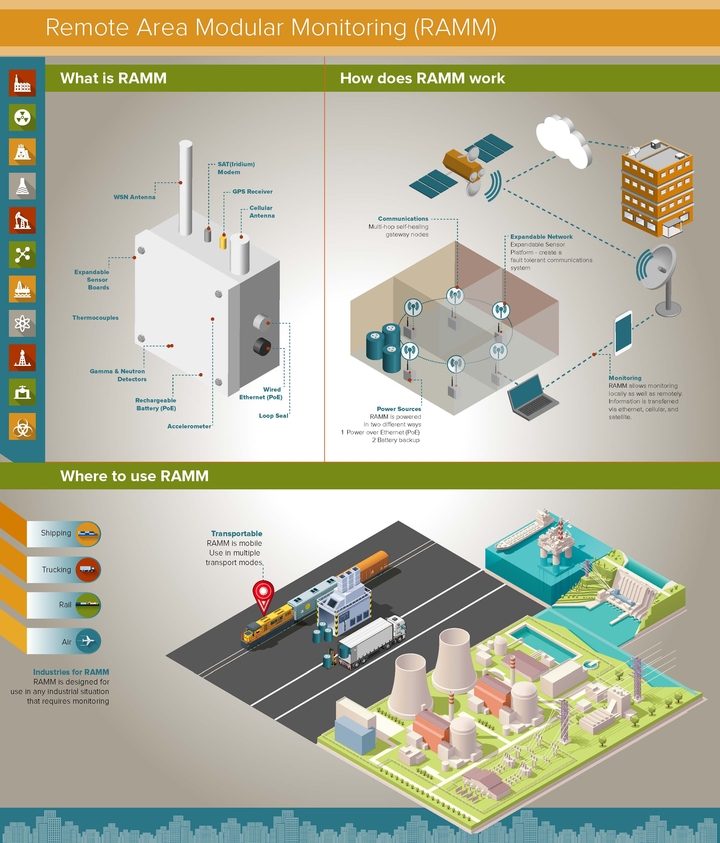
Argonne’s SAS4A/SASSYS-1 safety analysis code system is a simulation tool that can perform deterministic transient safety analysis of anticipated operational events, as well as design-basis and beyond-design-basis accidents for advanced nuclear reactors. The original code development was for sodium-cooled fast reactors, and sodium boiling can be modeled. However, basic core thermal-hydraulics and systems analysis features are applicable to other liquid-metal cooled reactor concepts.
Applications
- Safety analysis of fast reactors
- Simulations for operational, design-basis and beyond-design-basis events
- Passive heat removal and natural circulation flow predictions
- Severe accident modeling with sodium boiling, fuel melting and pin failure
Features
The current version (version 5) features:
- Detailed code manual
- Single-pin assembly models for rapid evaluation of transients
- Detailed thermal-hydraulic sub-channel models for subassembly pin bundles
- Support for three-dimensional visualization of sub-channel temperatures
- Support for liquid-metal coolants such as sodium, NaK, lead and LBE, as well as other single-phase coolants
- Full-plant coolant system models to simulate passive heat removal and natural shutdown
- Oxide fuel models for fuel melting, in-pin motion, pin failure, and ex-pin fuel dispersal and freezing
- Metal fuel models for fuel-clad eutectic formation and cladding failure
- High-fidelity decay heat models
- Built-in support for ANS standard decay heat properties
- Built-in support for alternative coolants in decay heat removal loops
- Support for line-based comments in input files
- Support for an unlimited number of time steps
- Support for coupling to third-party computational fluid dynamics tools (such as STAR-CCM+) for representing thermal stratification in large volumes
- Support for coupling to DIF3D-K for reactor spatial kinetics
Technical Details/Requirements
- Executable versions are available for Linux, Mac OS X and Windows
- Source code is compliant with Fortran 90/95 free-formatted source format and can be compiled on a variety of operating systems including Unix, Linux, Mac OS X and Windows. A standards-compliant Fortran compiler is required.

